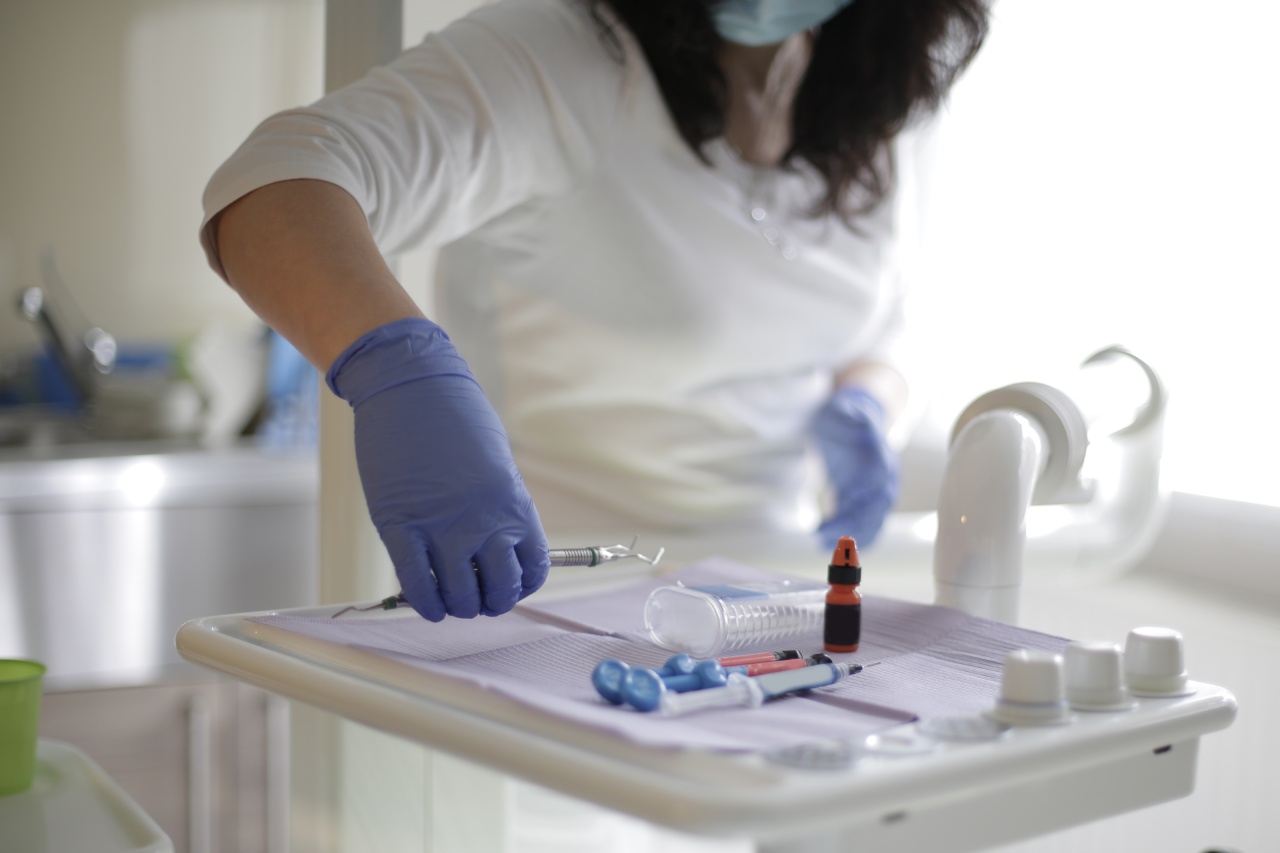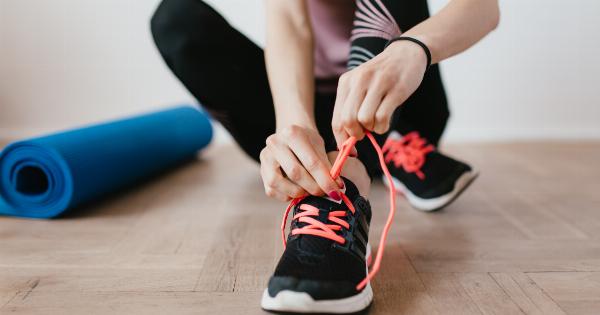The female target instrument, commonly known as the vagina, is a complex and fascinating part of the female anatomy. It serves a dual function, both as a sexual organ and as a tool for childbirth.
Despite its importance, many people do not fully understand the structure and function of the vagina. In this article, we will explore the anatomy and physiology of the female target instrument, as well as its roles in sexual pleasure and reproduction.
Anatomy of the Vagina
The vagina is a muscular canal that extends from the external genitalia to the cervix of the uterus. It is lined with mucous membranes and is capable of expanding and contracting to accommodate penetrative objects such as fingers, sex toys, and penises.
The walls of the vagina are composed of smooth muscle, which allows for the rhythmic contractions that occur during sexual arousal and orgasm.
The external genitalia, or vulva, includes the mons pubis, labia majora, labia minora, clitoris, and vestibule. The mons pubis is the rounded mound of fatty tissue that covers the pubic bone.
The labia majora are the outer folds of skin that protect the vaginal opening and the entrance to the urethra. The labia minora are the inner folds of skin that surround the clitoris and the vaginal opening. The clitoris is a highly sensitive organ that contains thousands of nerve endings and is a key player in female sexual arousal.
Physiology of the Vagina
The vagina has several important physiological functions. One of its main functions is to allow for sexual intercourse, which involves the insertion of a penis or other object into the vagina.
During sexual arousal, the vagina becomes lubricated to reduce friction and allow for more comfortable penetration. The walls of the vagina also become engorged with blood, which increases sensitivity and can lead to orgasm.
Another important function of the vagina is to serve as a conduit for childbirth. During labor, the baby travels down the birth canal and is delivered through the vaginal opening.
The vagina is capable of expanding to several times its normal size to accommodate the baby’s head and body. After delivery, the vagina gradually returns to its pre-pregnancy size.
Sexual Pleasure and the Vagina
The vagina plays a crucial role in female sexual pleasure. Many women are able to achieve orgasm through penetration alone, although clitoral stimulation is often necessary as well.
The clitoris is located at the front of the vulva, just above the vaginal opening. It contains thousands of nerve endings and is highly sensitive to touch. Stimulation of the clitoris during sexual activity can lead to intense pleasure and orgasm.
The walls of the vagina are also important in sexual pleasure. During sexual arousal, the vaginal walls become engorged with blood and the smooth muscle contracts rhythmically. This creates pleasurable sensations and can help lead to orgasm.
Women have reported experiencing a variety of sensations during vaginal stimulation, including pressure, warmth, fullness, and throbbing.
Common Vaginal Concerns
Despite its importance, the vagina can also be a source of concern for some women. Some common vaginal concerns include:.
: Yeast infections
Yeast infections are caused by the overgrowth of a type of fungus called Candida. Symptoms include itching, soreness, and thick, white discharge. Yeast infections can often be treated with over-the-counter antifungal medication.
: Bacterial vaginosis
Bacterial vaginosis is a condition caused by an imbalance of the bacteria that normally live in the vagina. Symptoms include itching, burning, and a foul-smelling discharge. Bacterial vaginosis can be treated with antibiotics.
: Sexually transmitted infections
Sexually transmitted infections (STIs) can be transmitted through vaginal intercourse. Some common STIs include chlamydia, gonorrhea, and herpes. Symptoms can include discharge, itching, pain, and sores.
STIs can be treated with antibiotics or antiviral medication.
: Sexual pain
Some women may experience pain or discomfort during sexual activity. This can be caused by a variety of factors, including vaginal dryness, vaginal infections, or trauma to the vaginal area. Treatment will depend on the underlying cause of the pain.
Conclusion
The female target instrument is a remarkable part of the female anatomy, with both sexual and reproductive functions.
Understanding the anatomy and physiology of the vagina can help women take better care of their reproductive health and enjoy greater sexual pleasure. If you have concerns about your vaginal health, it is important to speak with a healthcare provider.






























